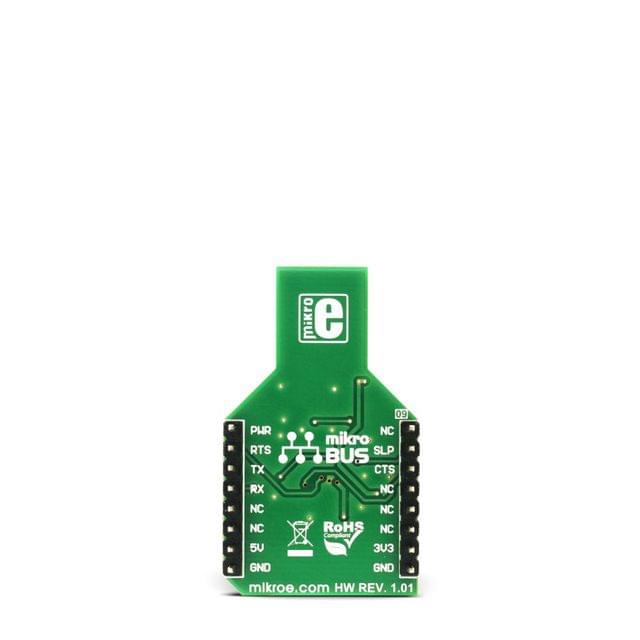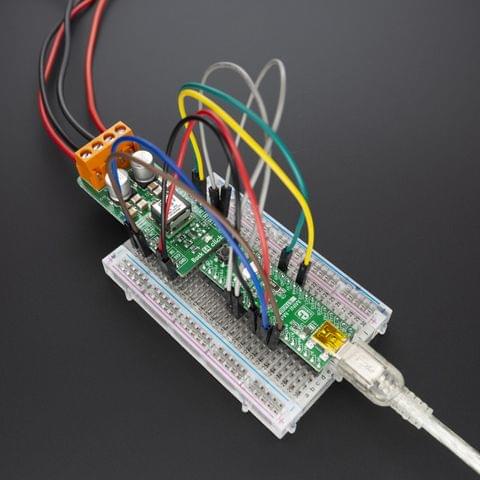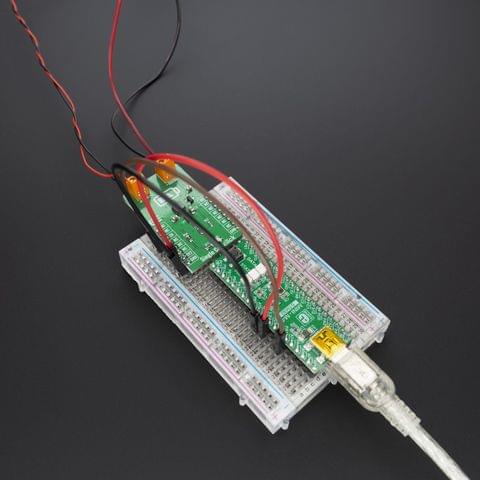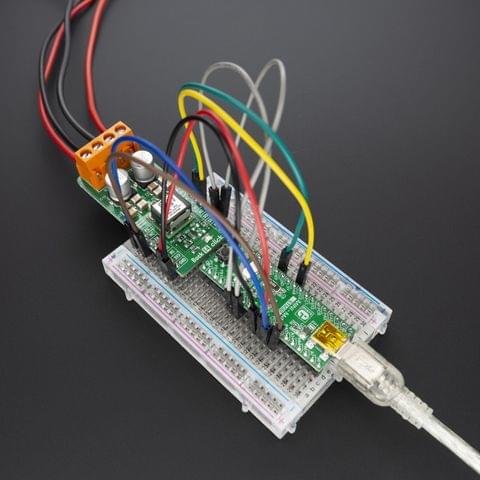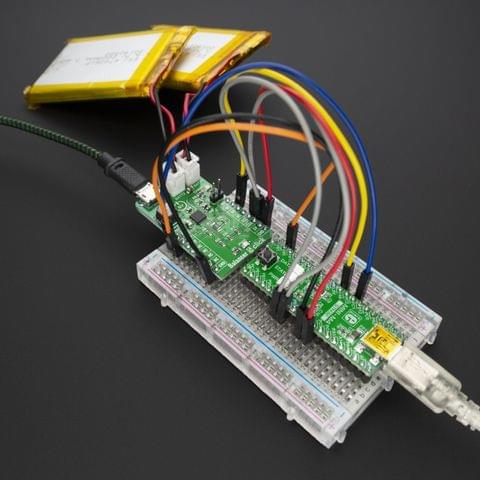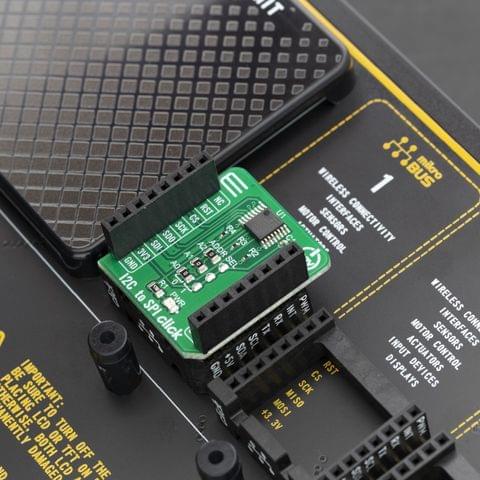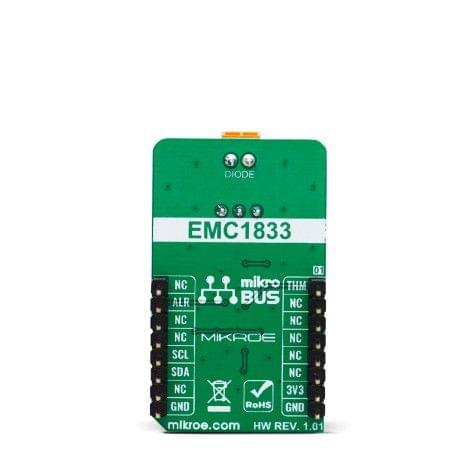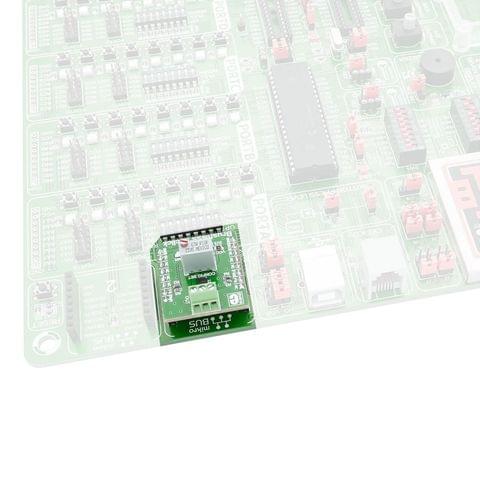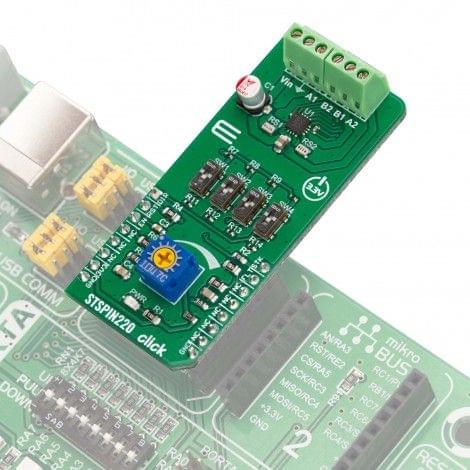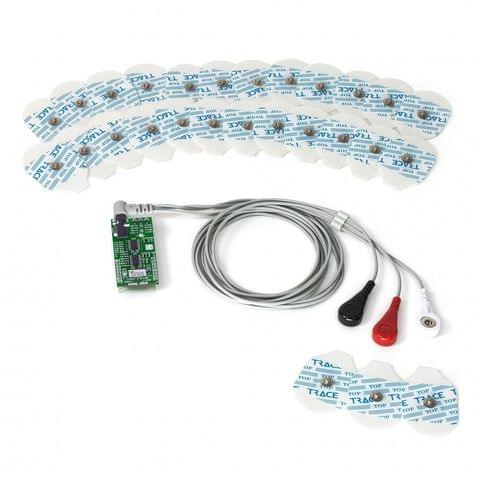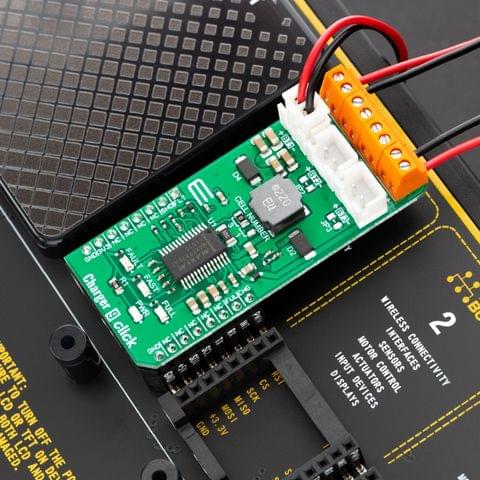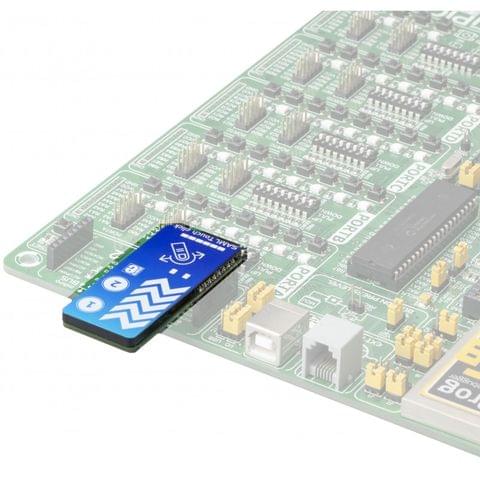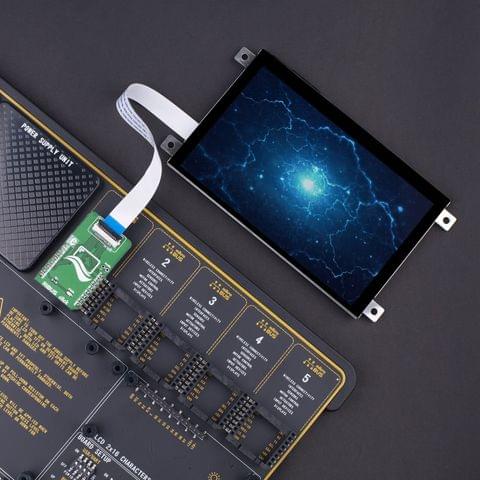- TRANSDUCERS
- TRANSDUCERS
- BASIC COMPONENTS DK
- BASIC COMPONENTS DK
- MARKETPLACE
- MARKETPLACE
- DEVELOPMENT BOARDS & KITS
- DEVELOPMENT BOARDS & KITS
- CABLE ASSEMBLIES
- CABLE ASSEMBLIES
- RF AND WIRELESS
- RF AND WIRELESS
- BOXES ENCLOSURES RACKS
- BOXES ENCLOSURES RACKS
- AUDIO PRODUCTS
- AUDIO PRODUCTS
- FANS-BLOWERS-THERMAL MANAGEMENT
- FANS-BLOWERS-THERMAL MANAGEMENT
- WIRELESS MODULES
- WIRELESS MODULES
- TERMINALS
- TERMINALS
- Cables/Wires
- Cables/Wires
- SINGLE BOARD COMPUTER
- SINGLE BOARD COMPUTER
- BREAKOUT BOARDS
- BREAKOUT BOARDS
- LED
- LED
- TEST AND MEASUREMENT
- TEST AND MEASUREMENT
- POTENTIONMETERS AND VARIABLE RESISTORS
- POTENTIONMETERS AND VARIABLE RESISTORS
- DEVELOPMENT BOARDS AND IC's
- DEVELOPMENT BOARDS AND IC's
- EMBEDDED COMPUTERS
- EMBEDDED COMPUTERS
- OPTOELECTRONICS
- OPTOELECTRONICS
- INDUSTRAL AUTOMATION AND CONTROL
- INDUSTRAL AUTOMATION AND CONTROL
- COMPUTER EQUIPMENT
- COMPUTER EQUIPMENT
- CONNECTORS & INTERCONNECTS
- CONNECTORS & INTERCONNECTS
- MAKER/DIY EDUCATIONAL
- MAKER/DIY EDUCATIONAL
- TOOLS
- TOOLS
- MOTORS/ACTUATORS/SOLEENOIDS/DRIVERS
- MOTORS/ACTUATORS/SOLEENOIDS/DRIVERS
- FPGA HARDWARE
- FPGA HARDWARE
- ROBOTICS & AUTOMATION
- ROBOTICS & AUTOMATION
Description
USB UART 4 click features well-known FT232RL USB-to-UART interface module from FDTI. It provides USB to asynchronous serial data transfer interface, allowing the microcontroller based designs to communicate with the personal computer, in a very simple way.
FT232RL is a very popular USB to UART interface IC, used on many MikroElektronika devices, both for its reliability and simplicity. USB UART 4 click is used for whenever there is a need to seamlessly and effortlessly interface the UART lines to a personal computer. It can be used with the UART terminal, found in MikroElektronika compilers.
How does it work?
The entire USB protocol is handled on the module, thus no USB specific firmware programming is required. FTDI provides royalty-free Virtual Com Port (VCP) and Direct (D2XX) drivers for all the major OSes, used on personal computers. FT232RL contains integrated 1024 Bit internal EEPROM for storing USB VID, PID, serial number, product description strings and CBUS I/O configuration.
The Baud Rate Generator provides a 16x clock input to the UART Controller from the 48MHz reference clock. It consists of a 14 bit pre-scaler and 3 register bits which provide fine tuning of the baudrate - used to divide by a number plus a fraction. This determines the baud rate of the UART, which is programmable from 183 baud to 3 Mbaud. Also non-standard baud rates are supported. The baud rate is automatically calculated by the FTDI driver, so it is enough to simply forward the desired baudrate to the driver, usually done by selecting the baudrate via the OS terminal application.
After installing the OS drivers, device is ready to be used. When plugged in, it will create a virtual COM port. Then, it can be used with the USART Terminal application, included in every mikroE compiler, for the data exchange between the MCU and the host computer, via the UART pins of the click board. More information about working with the UART communication in general can be found in the following Learn article..jpg)
This device also features the configurable CBUS pins, which can be used for several different useful functions, as for example - configurable clock out for driving the microcontroller, data LED drive, USB Sleep, PWR status and so on. By default, CBUS3 and CBUS4 pins are configured as Power Enable and Sleep options and are routed to the PWR and SLP pins of the mikroBUS™. More information about configuring the CBUS pins can be found in the FT232RL datasheet.
SLP output pin will be set to a LOW logic state during the USB suspend mode It can be used to power down external circuitry or be used for similar purposes.
PWR output pin will be set to a LOW logic state, after the device has been configured by the USB, then HIGH during the USB suspend mode. This can also be used for the powering down / power saving, by turning unneded external circuitry.
This device also supports two additional signals - RTS (Request To Send) and CTS (Clear To Send), which can used in case when the hardware flow control is used.
One feature worth mentioning is this click board™ specific shape - it is made so that can be plugged in directly into the USB Type A port. It doesn’t have a conventional USB connector, but the PCB is shaped so that the USB traces can be easily connected to the USB port. Since the FT232RL supports the unique serial number feature, this makes it handy for developing data protection devices and dongles of various kinds. Of course, it can also be used in a traditional way.
USB UART4 click also features a small low noise LDO, used to regulate the input voltage, as well as shotky and transient voltage suppression diodes, to additionally improve the circuit stability and immunity to signal interferences.
Specifications
| Type | USB |
| Applications | Useful whenever a simple and ready-made solution for interfacing USB to UART is needed, for a wide range of applications. |
| On-board modules | FT232RL USB-to-UART interface module from FDTI |
| Key Features | Integrated support for the USB protocol, no need to develop dedicated firmware for handling the USB to UART communication, CBUS programmable pins, unique serial number programmed in OTP memory. |
| Interface | GPIO,UART |
| Input Voltage | 3.3V or 5V |
| Click board size | M (42.9 x 25.4 mm) |
- Home
- DEVELOPMENT BOARDS AND IC's
- CLICK BOARDS
- USB UART 4 click
USB UART 4 click
SIZE GUIDE
Your enquiry has been sent
Product Enquiry Form
Leave us a message for futher information.
- Shipping in 10-12 Working days
- http://cdn.storehippo.com/s/59c9e4669bd3e7c70c5f5e6c/ms.products/5a9a7003b44a2bb03da55c0c/images/5a9a7003b44a2bb03da55c0d/5a9a6128bbdef6d90a0ba2fe/5a9a6128bbdef6d90a0ba2fe.jpg
Description of product
Description
USB UART 4 click features well-known FT232RL USB-to-UART interface module from FDTI. It provides USB to asynchronous serial data transfer interface, allowing the microcontroller based designs to communicate with the personal computer, in a very simple way.
FT232RL is a very popular USB to UART interface IC, used on many MikroElektronika devices, both for its reliability and simplicity. USB UART 4 click is used for whenever there is a need to seamlessly and effortlessly interface the UART lines to a personal computer. It can be used with the UART terminal, found in MikroElektronika compilers.
How does it work?
The entire USB protocol is handled on the module, thus no USB specific firmware programming is required. FTDI provides royalty-free Virtual Com Port (VCP) and Direct (D2XX) drivers for all the major OSes, used on personal computers. FT232RL contains integrated 1024 Bit internal EEPROM for storing USB VID, PID, serial number, product description strings and CBUS I/O configuration.
The Baud Rate Generator provides a 16x clock input to the UART Controller from the 48MHz reference clock. It consists of a 14 bit pre-scaler and 3 register bits which provide fine tuning of the baudrate - used to divide by a number plus a fraction. This determines the baud rate of the UART, which is programmable from 183 baud to 3 Mbaud. Also non-standard baud rates are supported. The baud rate is automatically calculated by the FTDI driver, so it is enough to simply forward the desired baudrate to the driver, usually done by selecting the baudrate via the OS terminal application.
After installing the OS drivers, device is ready to be used. When plugged in, it will create a virtual COM port. Then, it can be used with the USART Terminal application, included in every mikroE compiler, for the data exchange between the MCU and the host computer, via the UART pins of the click board. More information about working with the UART communication in general can be found in the following Learn article..jpg)
This device also features the configurable CBUS pins, which can be used for several different useful functions, as for example - configurable clock out for driving the microcontroller, data LED drive, USB Sleep, PWR status and so on. By default, CBUS3 and CBUS4 pins are configured as Power Enable and Sleep options and are routed to the PWR and SLP pins of the mikroBUS™. More information about configuring the CBUS pins can be found in the FT232RL datasheet.
SLP output pin will be set to a LOW logic state during the USB suspend mode It can be used to power down external circuitry or be used for similar purposes.
PWR output pin will be set to a LOW logic state, after the device has been configured by the USB, then HIGH during the USB suspend mode. This can also be used for the powering down / power saving, by turning unneded external circuitry.
This device also supports two additional signals - RTS (Request To Send) and CTS (Clear To Send), which can used in case when the hardware flow control is used.
One feature worth mentioning is this click board™ specific shape - it is made so that can be plugged in directly into the USB Type A port. It doesn’t have a conventional USB connector, but the PCB is shaped so that the USB traces can be easily connected to the USB port. Since the FT232RL supports the unique serial number feature, this makes it handy for developing data protection devices and dongles of various kinds. Of course, it can also be used in a traditional way.
USB UART4 click also features a small low noise LDO, used to regulate the input voltage, as well as shotky and transient voltage suppression diodes, to additionally improve the circuit stability and immunity to signal interferences.
Specifications
| Type | USB |
| Applications | Useful whenever a simple and ready-made solution for interfacing USB to UART is needed, for a wide range of applications. |
| On-board modules | FT232RL USB-to-UART interface module from FDTI |
| Key Features | Integrated support for the USB protocol, no need to develop dedicated firmware for handling the USB to UART communication, CBUS programmable pins, unique serial number programmed in OTP memory. |
| Interface | GPIO,UART |
| Input Voltage | 3.3V or 5V |
| Click board size | M (42.9 x 25.4 mm) |
Related products
NEWSLETTER
Subscribe to get Email Updates!
Thanks for subscribe.
Your response has been recorded.
INFORMATION
ACCOUNT
ADDRESS
Tenet Technetronics# 2514/U, 7th 'A' Main Road, Opp. to BBMP Swimming Pool, Hampinagar, Vijayanagar 2nd Stage.
Bangalore
Karnataka - 560104
IN
Tenet Technetronics focuses on “Simplifying Technology for Life” and has been striving to deliver the same from the day of its inception since 2007. Founded by young set of graduates with guidance from ardent professionals and academicians the company focuses on delivering high quality products to its customers at the right cost considering the support and lifelong engagement with customers. “We don’t believe in a sell and forget model “and concentrate and building relationships with customers that accelerates, enhances as well as provides excellence in their next exciting project.


